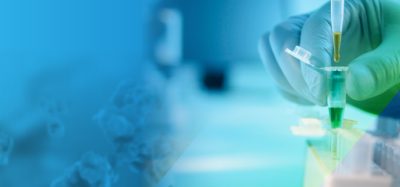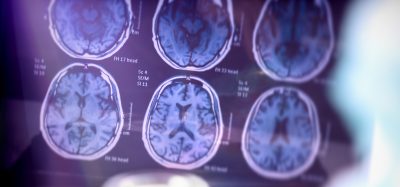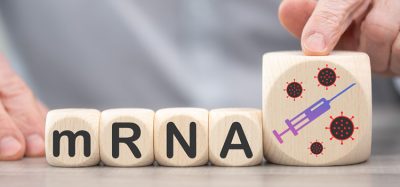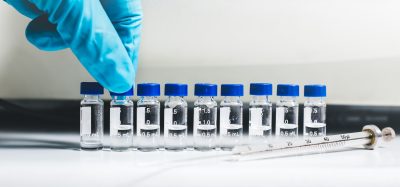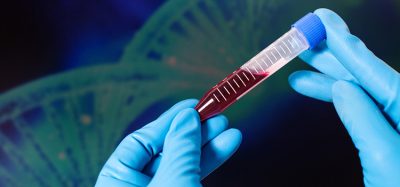New PCAI compound targets aromatase inhibitor-resistant breast cancer
Posted: 14 August 2025 | Drug Target Review | No comments yet
Researchers at Florida A&M University have identified a new compound – NSL-YHJ-2-27 – that disrupts key survival pathways in aromatase inhibitor-resistant breast cancer cells – offering a potential new treatment for hard-to-treat cases.
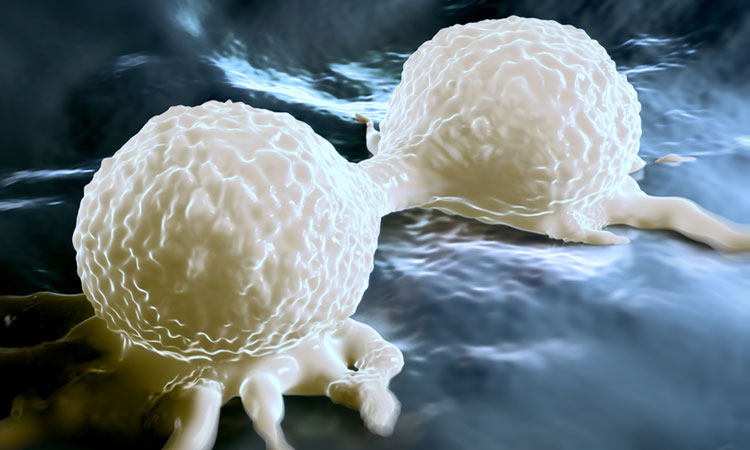

In a study led by scientists at Florida A&M University College of Pharmacy and Pharmaceutical Sciences, researchers have explored a new approach to overcoming a significant challenge in breast cancer treatment – resistance to aromatase inhibitors (AIs).
AIs are a standard therapy for oestrogen receptor-positive (ER+) breast cancer, but many patients eventually stop responding – leaving limited treatment options. This research examined a new class of compounds called polyisoprenylated cysteinyl amide inhibitors (PCAIs) as potential therapeutic treatment for AI-resistant disease.
The power of NSL-YHJ-2-27
The team focused on a PCAI compound known as NSL-YHJ-2-27, testing it in long-term letrozole-treated breast cancer cells (LTLT-Ca) – a laboratory model for AI therapy resistance.
Biomarkers are redefining how precision therapies are discovered, validated and delivered.
This exclusive expert-led report reveals how leading teams are using biomarker science to drive faster insights, cleaner data and more targeted treatments – from discovery to diagnostics.
Inside the report:
- How leading organisations are reshaping strategy with biomarker-led approaches
- Better tools for real-time decision-making – turning complex data into faster insights
- Global standardisation and assay sensitivity – what it takes to scale across networks
Discover how biomarker science is addressing the biggest hurdles in drug discovery, translational research and precision medicine – access your free copy today
NSL-YHJ-2-27 activated two major signalling pathways – MAPK and PI3K/AKT. While these pathways usually help cancer cells survive, overstimulation by PCAIs caused harmful oxidative stress that damaged the cells and triggered programmed cell death (apoptosis).
The compound also reduced levels of the proteins RAC1 and CDC42, which are crucial for maintaining cell shape and movement. This disruption weakened the cancer cells’ structural integrity and reduced their ability to spread. Surprisingly, the effects of NSL-YHJ-2-27 persisted even after the compound was removed – indicating the possibility of long-term control over resistant cancer cells.
Significant laboratory results
PCAIs inhibited cell proliferation and colony formation by 95 percent and 74 percent, respectively and increased active caspase 7 and BAX 1.5-fold by 56 percent. NSL-YHJ-2-27 (10 μM) induced LTLT-Ca spheroid degeneration by 61 percent.
These findings suggest that PCAIs can strike at cancer cells on multiple fronts – stopping growth, inducing cell death and impairing the structures that allow them to thrive and spread.
A new therapeutic strategy
Unlike traditional endocrine therapies, PCAIs represent a new class of targeted molecules with the capacity to influence several cellular mechanisms simultaneously. This comprehensive action could make them powerful candidates for future drug development against hard-to-treat breast cancers.
Looking ahead
While these results are promising, more research will be needed in the future, including in vivo studies and clinical trials. These will be essential to confirm the therapeutic potential of PCAIs like NSL-YHJ-2-27 and determine their safety and effectiveness in patients.
Related topics
Cancer research, Cell Cultures, Drug Discovery, Drug Discovery Processes, Drug Targets, Spheroids, Translational Science
Related conditions
Breast cancer
Related organisations
Florida A&M University College of Pharmacy and Pharmaceutical Sciences



